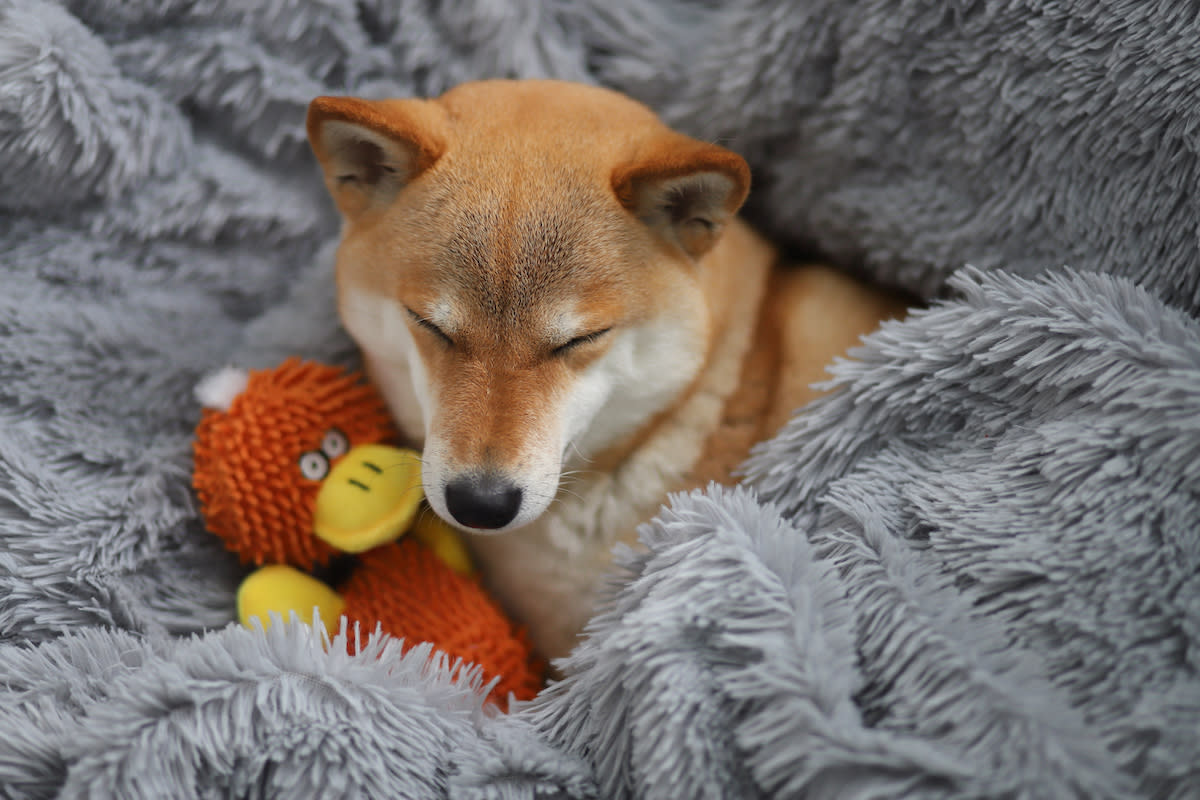3 Cute Self-Soothing Behaviors in Dogs No One Can Resist

Have you ever run your hands through your hair in frustration? How about slapped the palm of your hand against your forehead? Take a deep breath and sigh? These are all what is known as self-soothing behaviors, little physical movements that people make when they are frustrated, worried, sad, or upset—designed to relieve a bit of tension, get out extra energy, or keep from an inappropriate outburst, be it emotional or physical.
It may surprise you to learnt hat just like human beings have universally understood behaviors to help alleviate stress, so do other members of the animal kingdom. In fact, your dog may regularly engage in a variety of self-soothing behaviors that you are very familiar with, you just don’t know why they are doing it.
Let’s examine a few.
The world of dogs can be a frustrating and confusing one. They are allowed in the house, but not on the furniture. They get excited and want to play, but know that their playmate is not another dog, but rather a tiny human who is far too delicate to wrestle with. They are not allowed to eat the same food as everyone else in the house. They can’t open doorknobs!
Related: Hairless Dog's Post-Bath Ritual Is So Soothing We Could Drift Off to Sleep
No wonder they need to come up with strategies to help relax—even if they seem a bit strange to the humans in their world.
Nooking Behavior in Dogs
The dog in this video is exhibiting a behavior that is sometimes called nooking. Nooking consists of suckling or holding a soft item in their mouth. It’s different than the chewing behavior dogs have with other toys. Nooking is the canine equivalent of sucking their thumb, and it’s meant to be comforting in a time of concern, loneliness, fear, or sadness.
As long as the object is the dog’s own (like a corner of their dog bed, a fluffy toy, or a dog’s own blanket, the dog should not be discouraged from nooking, as they are engaging in this activity rather than a more destructive one (say, chewing up your shoes). The important part is that the dog is doing this to their own toys.
So be nice and get your pup a teddy.
Corn-Cobbing Behavior in Dogs
Corn-cobbing is another behavior commonly seen in dogs, where they deposit tiny, gentle bites with their front teeth, as if nibbling on a corn cob. These bites are not meant to be painful and some say they are another attempt to release nervous energy or relieve tension. However, some wonder if this is not similar to grooming behavior, especially when it’s performed on other dogs or human companions, as when a dog is trying to scratch themselves or chew out a pest in their fur. Still others think it’s a bid for attention and play.
Because this behavior can often involve others or human skins, it’s important to try to curb it in dogs, even though it’s adorable to look at. You would not want the dog to think it’s appropriate and try the move on a stranger. Dogs should always be taught that under no circumstances should they put their teeth on people.
Yawning Behavior in Dogs
A final behavior you may have seen your dog doing to relieve stress or calm down is when they yawn in frustration. This is different than the type of yawn they pay exhibit when lying down, about to take a nap, or stretching. This type of yawn usually occurs after getting riled up in some way. It is a self-soothing yawn, one they do to stretch out the muscles in their jaw because they will not be biting.
In other words, yawning during play is a sign that your dog is stressed and doing what they need to not to bite. Time to calm everyone down.


